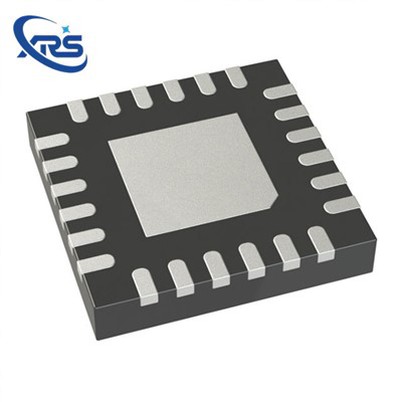Selection Of Current Level And Overcurrent Protection For Solid-state Relays
Leave a message
Overcurrent (the most severe case being load short circuit) is the main cause of permanent damage to the internal output thyristor of the SSR. Quick fuses and air switches are one of the overcurrent protection methods, and fuses can also be used for small capacity SSRs; Many loads generate large surge currents at the moment of connection. Due to insufficient heat dissipation, surge currents, like overcurrent, are also one of the main reasons for the damage to the internal output thyristor of SSR. Therefore, it is extremely important to ensure a certain current margin when selecting solid-state relays.
a. When selecting resistive loads, the current level of SSR should be greater than or equal to twice the rated current of the load.
b. When the load is an AC motor, the current level of SSR selected must be greater than or equal to 6-7 times the rated current of the motor.
c. When selecting loads such as AC electromagnets, intermediate relay line protectors, and inductance coils, the current level of SSR should be greater than or equal to 4 times the rated current of the load. For transformers, it is required to be greater than or equal to 5 times the primary rated current of the transformer. For special inductive and capacitive loads, the current margin of SSR should also be enlarged based on practical experience.
d. When selecting power compensation capacitor loads, the current level of SSR must be greater than 5 times the rated current of the load.
Note: Due to the over current burning speed of the thyristor inside the SSR during load short circuit being within the same order of magnitude as the fusing speed of the fast fuse, the fast fuse cannot protect the SSR 100%. The principle for selecting the current level of the fast fuse is to slightly exceed the maximum load current, while the current level of the solid-state relay is as high as possible, so that the fast fuse can reliably protect the SSR. Due to the large opening impulse current of loads such as electric motors and power compensation capacitors, air switches should be selected for protection. Air switches are divided into two categories: "slow" and "fast": the "slow" category is mainly used for loads such as motors, power capacitors, and other loads with high starting impulse currents; The "fast" category is mainly applied to resistive and other inductive loads. The protection speed of the air switch is lower than that of the fast fuse, so it cannot protect SSR 100% in case of load short circuit.






